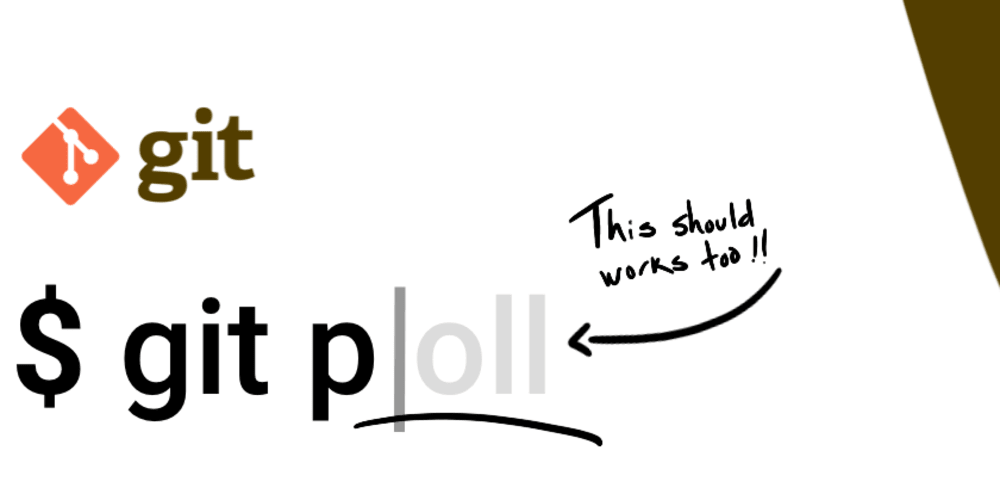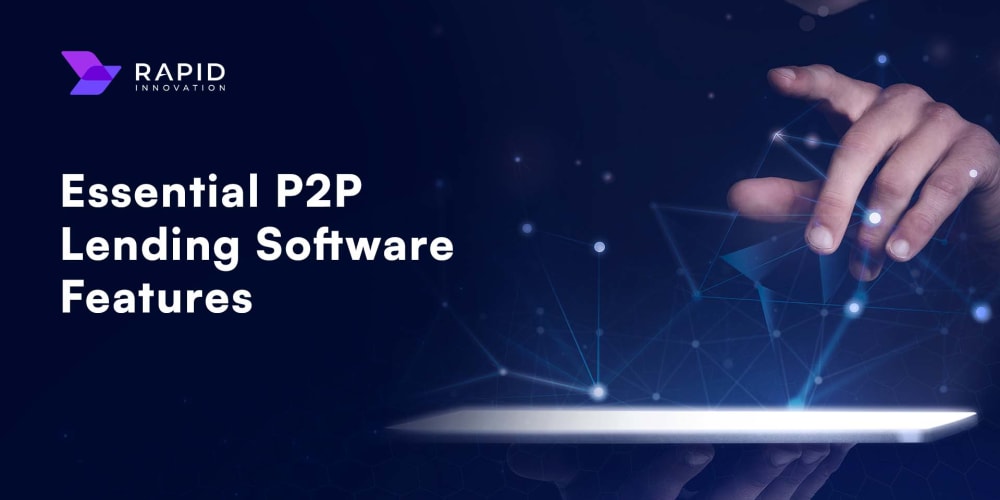Securing Kubernetes clusters is a critical task that involves multiple layers of security measures. This blog will delve into the technical aspects of Role-Based Access Control (RBAC), network policies, and secrets management, providing practical examples and code blocks to illustrate each concept.
Role-Based Access Control (RBAC)
RBAC is a foundational security layer in Kubernetes that regulates access to Kubernetes API resources based on the roles of individual users within an organization. It operates on four main objects: Roles, ClusterRoles, RoleBindings, and ClusterRoleBindings.
Understanding RBAC Objects
- Roles: Define a set of permissions that apply within a specific namespace.
- ClusterRoles: Define a set of permissions that apply cluster-wide.
- RoleBindings: Grant the permissions defined in a Role to users within a specific namespace.
- ClusterRoleBindings: Grant the permissions defined in a ClusterRole across the entire cluster.
Example: Defining Roles and RoleBindings
apiVersion: rbac.authorization.k8s.io/v1
kind: Role
metadata:
name: pod-reader
namespace: default
rules:
- apiGroups: ["*"]
resources: ["pods"]
verbs: ["get", "watch", "list"]
apiVersion: rbac.authorization.k8s.io/v1
kind: RoleBinding
metadata:
name: pod-reader-binding
namespace: default
roleRef:
name: pod-reader
kind: Role
apiGroup: rbac.authorization.k8s.io
subjects:
- name: alice
kind: User
apiGroup: rbac.authorization.k8s.io
Best Practices in RBAC
Use Namespaces for Structured Access Control: Utilize Kubernetes namespaces to create isolated environments within the cluster. Assign RoleBindings within these namespaces to control who has access to what within each isolated environment.
Managing Users and Groups Outside Kubernetes: User management is typically handled outside Kubernetes, such as through an organization’s identity provider. Use group memberships managed in your identity provider to map users to roles in Kubernetes.
Leveraging Service Accounts for Automated Access: Create and use service accounts for processes that require automated access to the Kubernetes API. These service accounts can be bound to specific roles within the cluster.
Principle of Least Privilege: Always assign the minimum permissions necessary for a user or service to perform its intended function. Regularly review and update RBAC settings to ensure they align with current roles and responsibilities within your organization.
Regular Audits and Revisions: Conduct periodic audits of RBAC policies to identify and rectify any redundant, outdated, or overly permissive access rights. Implement a process for reviewing RBAC policies whenever there are changes in team structures, projects, or Kubernetes updates.
Network Policies
Network policies in Kubernetes allow you to control the flow of traffic between pods. This is crucial for maintaining the security and isolation of your applications.
Example: Defining a Network Policy
apiVersion: networking.k8s.io/v1
kind: NetworkPolicy
metadata:
name: allow-traffic-from-namespace
namespace: default
spec:
podSelector:
matchLabels:
app: web
ingress:
- from:
- namespaceSelector:
matchLabels:
app: db
- podSelector:
matchLabels:
app: db
egress:
- to:
- namespaceSelector:
matchLabels:
app: db
- podSelector:
matchLabels:
app: db
policyTypes:
- Ingress
- Egress
Best Practices in Network Policies
Default Deny: Implement a default deny policy to ensure that no traffic is allowed unless explicitly permitted.
Use Namespace Selectors: Use namespace selectors to control traffic between namespaces, ensuring that only necessary communication is allowed.
Regularly Review Policies: Regularly review network policies to ensure they are up-to-date and aligned with the current network architecture.
Secrets Management
Secrets management is critical for protecting sensitive information within your Kubernetes cluster. Kubernetes provides a built-in mechanism for managing secrets, which can be used to store sensitive data such as passwords, API keys, and certificates.
Example: Creating a Secret
apiVersion: v1
kind: Secret
metadata:
name: my-secret
type: Opaque
data:
username: <base64 encoded username>
password: <base64 encoded password>
Best Practices in Secrets Management
Use Kubernetes Secrets: Use Kubernetes secrets to store sensitive data instead of hardcoding it in configuration files.
Rotate Secrets Frequently: Rotate secrets frequently to minimize the impact of a potential breach. Automate the rotation process using tools like Kubernetes Secrets Manager.
Limit Access to Secrets: Limit access to secrets using RBAC policies. Ensure that only necessary components have access to the secrets they need.
Monitor Secret Usage: Monitor the usage of secrets to detect any unauthorized access. Use tools like Kubernetes Audit Logs to track changes to secrets.
Conclusion
Securing Kubernetes clusters involves multiple layers of security measures, including RBAC, network policies, and secrets management. By implementing these measures, you can protect your Kubernetes environment from potential security threats. Regularly reviewing and updating these security configurations is essential to maintaining a secure and compliant environment. Platform Engineering teams should prioritize these security practices to ensure the integrity and reliability of their Kubernetes clusters.


















